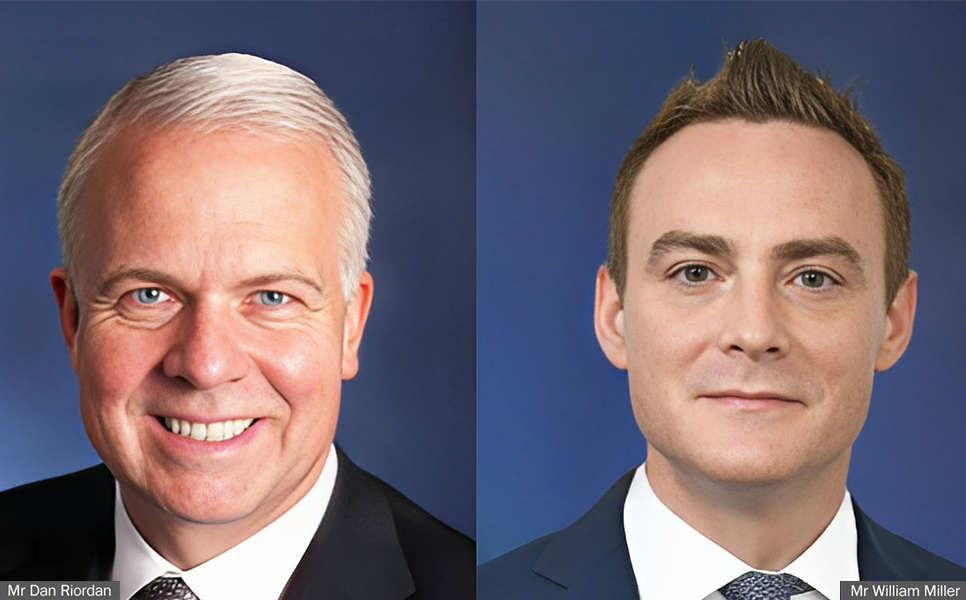War products gain interest but underwriting challenges remain
Demand for coverage against war has increased amid ongoing wars and concerns of geopolitical tensions developing into conflict. Rates for some lines of business have been hardening and reinsurers have increased exclusions on cedants offering such cover.
By Nadhir Mokhtar

Conflict deaths are its highest level this century with over 238,000 people killed in 2022 according to research by the Global Peace Index. Insurers and brokers we spoke to have seen increasing demand for coverage against war risks amid high-profile events such as Russia president Vladimir Putin’s invasion of Ukraine, civil war in Sudan and political instability in Myanmar.
Types of war products
Vantage Risk political risk and credit global head Dan Riordan shared some types of cover that exist in the market for war insurance.
“Political risk investment insurance (PRI) is a source of coverage for exposures resulting from war coverage as well as other covers. Typically, PRI covers also include protection for expropriation/ nationalization, currency inconvertibility and political violence (war, revolution, insurrection) and civil strife,” he said.
He said his company usually receives requests from clients like international banks, global corporations and export credit agencies or multilaterals to purchase war insurance products. Demand for such products is high and rates have been rising according to Mr Riordan.
“While the product has changed very little over the years, the demand has been peaking since the onslaught of the Russian/Ukraine conflict in early 2022, as well as growing concerns about a potential China intervention in Taiwan,” he said.
He said some of the underwriting challenges they face includes the potential catastrophic nature of losses associated with war and the lack of recoveries.
“Given current loss development in the industry as a result of damage in Ukraine and Russia, most underwriters will not accept new risks at this time. That is expected to change after cessation of hostilities and when the rebuilding efforts begin,” he said.
How policies have changed
While demand for war products have increased, some reinsurers have imposed restrictions on certain risks.
“One thing that we have seen particularly within the context of accident and health are some restrictions on coverages for nuclear, chemical, biological and radioactive (NCBR) covers. The reason for that is a result of (Russia president Vladimir Putin’s invasion of Ukraine). Some of the treaty reinsurance, that sits behind accident and health has started to exclude NCBR coverage. It doesn’t apply to all markets because some may be on longer term agreements with their reinsurers but typically, we’re seeing that NCBR cover is increasingly written on a net basis by underwriters. Therefore, there’s a decreasing appetite to provide that cover,” said WTW Asia Pacific crisis management head William Miller.
How policies have changed
According to Mr Miller treaty renewals are having an impact on insurers in terms of what they can write on a net basis. There is also a hardening of rate and restrictions in political violence or strikes, riots and civil commotion products.
“One of the difficulties underwriters have is being able to distinguish whether the cover that they’re offering is for passive war exposure or active war. In the context of accident and health insurance, if you’re looking at providing cover for a group of local nationals who may be 100 kilometres from the front-line conflict in Ukraine, with significant rocket fire going back and forth between the two sides, that is a sufficient barrier to be classed as a passive war risk rather than an active of war risk. The logistics of modern warfare make that distinction very difficult for an underwriter to be able to distinguish exactly the exposure that they might be writing.
“One of t he ch a l lenges t h at underwriters have is responding to the context of modern warfare as it stands but also having to balance the tightening of their reinsurance rates. In addition, some of the restrictions that they’re seeing through that chain around the coverages that they can and cannot provide with reinsurance support,” he said.